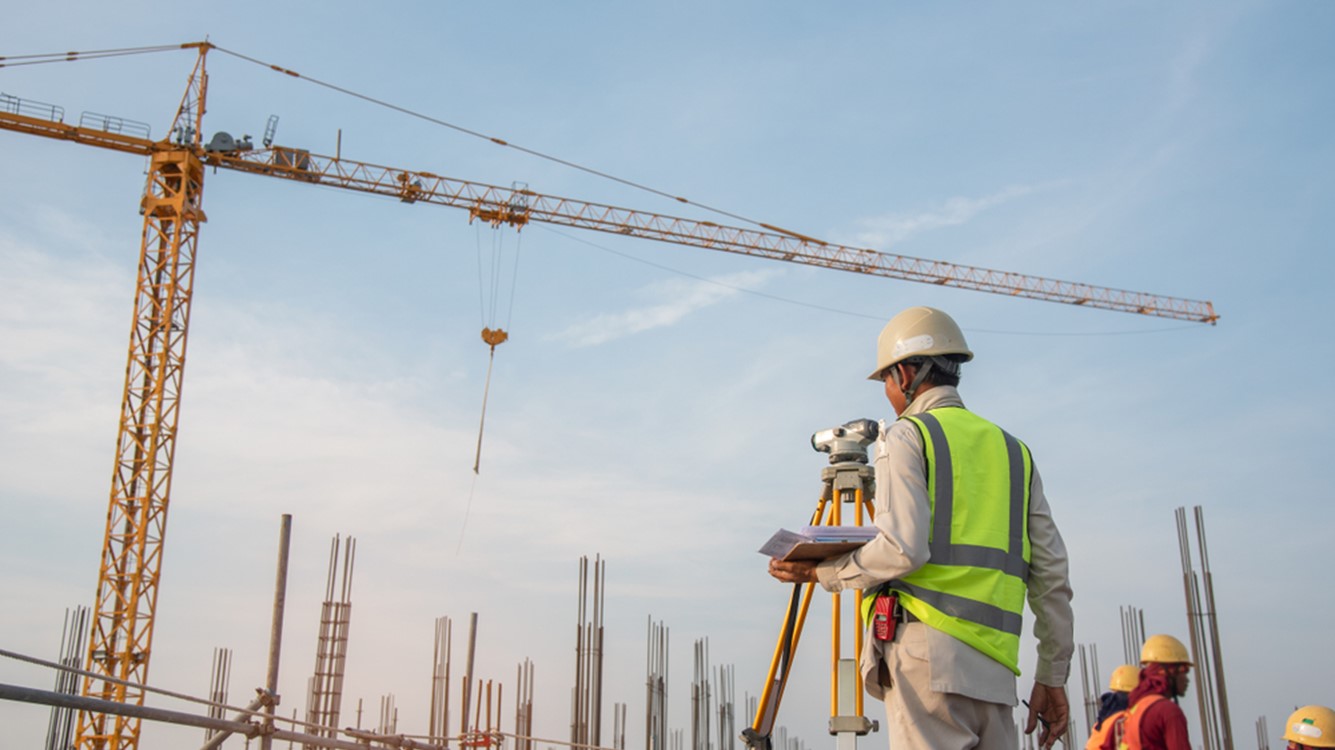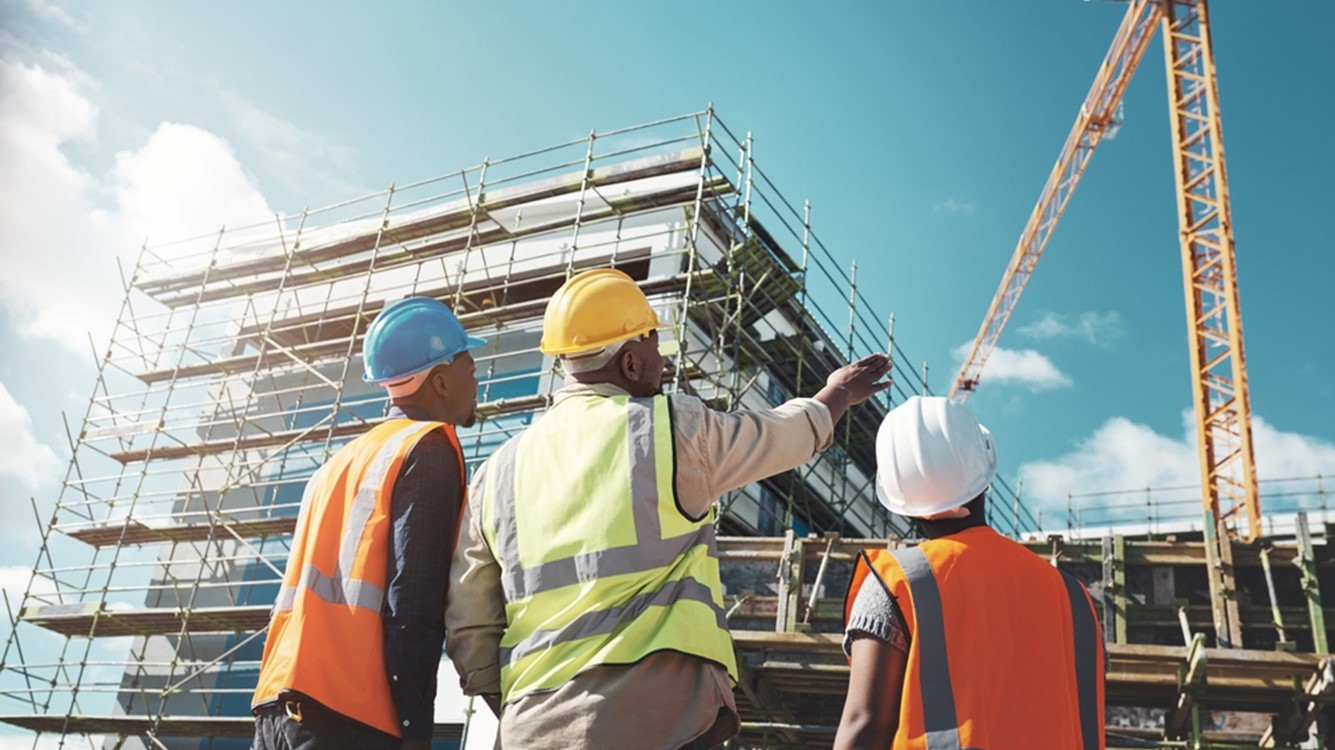January construction spending fell flat
Labor shortages remain a critical concern for all areas of construction.

March 1, 2024
Construction spending fell flat in January, declining 0.2% after December spending was revised higher. January marks the first monthly drop in spending since late 2022; however, data have been revised higher in recent revisions. Private nonresidential and public construction spending led the losses in January. Compared to a year ago, spending is up 11.7%, while the producer price index for construction inputs was up only 1% in the same time period. Severe winter storms and droughts did have an impact on activity in January.
Private residential construction spending eked out a 0.2% gain in January, driven by a 0.6% increase in single-family home construction. Multifamily fell 0.4% as nearly a million units are still under construction while a surge of apartments is expected to come on line in 2024. Builders have pivoted back to the single-family market as severe supply shortages in the resale market have pushed more demand for newly built homes. Builders are able to offer significant incentives, like mortgage rate buydowns, to help buyers struggling in a high mortgage rate environment. Building permits hit above the one million mark in January, the first time since May of 2022. At the peak of the housing boom in 2005, permits hit a high of 1.8 million. They trended around half of that pace in 2023. Ramping up is hard to do.
Private nonresidential construction spending fell 0.1% in January with commercial construction (e.g. auto dealerships, grocery stores, restaurants, shopping centers and warehouses) dropping 3.3%. That was the largest spending category within nonresidential construction until late 2022, when manufacturing took the baton. Manufacturing construction spending rose 2% in January, driven by computer and electronics manufacturing plants, up 4% in the month and 52% compared to a year ago. Compared to August of 2022, when significant infrastructure bills were passed, the category is up 300% and still growing. Labor shortages remain a critical concern for all areas of construction, especially as infrastructure projects pick up.
Public construction spending, most of which is done by state and local governments, fell 0.9%. The largest component, highway and street construction, fell 2.1% as severe weather disrupted work. Public spending is still 20% higher compared to a year ago. A 71% jump in power infrastructure spending reflects the need for a more resilient grid in the face of climate change and to meet growing demand to power data centers and servers for AI. As more chip and battery plants are built, those needs will only grow.
Significant infrastructure projects and ramping up in home building will keep a floor under activity in 2024.
Yelena Maleyev, KPMG Senior Economist
Bottom Line
Construction spending missed expectations to start 2024, but upward revisions are possible. Significant infrastructure projects and ramping up in home building will keep a floor under activity in 2024. Labor availability remains one of the top concerns for an industry that has not seen significant productivity growth except in industrial building. Input and energy costs remain muted, while government infrastructure incentives continue to boost investment.
Explore more

December construction spending doubled expectations
Construction activity is carrying momentum into the new year on the back of ongoing infrastructure projects.

KPMG Economics
A source for unbiased economic intelligence to help improve strategic decision-making.

Housing starts turn sharply lower
Harsh winter weather flattened housing starts.
Subscribe to insights from KPMG Economics
KPMG Economics distributes a wide selection of insight and analysis to help businesses make informed decisions.
Meet our team

